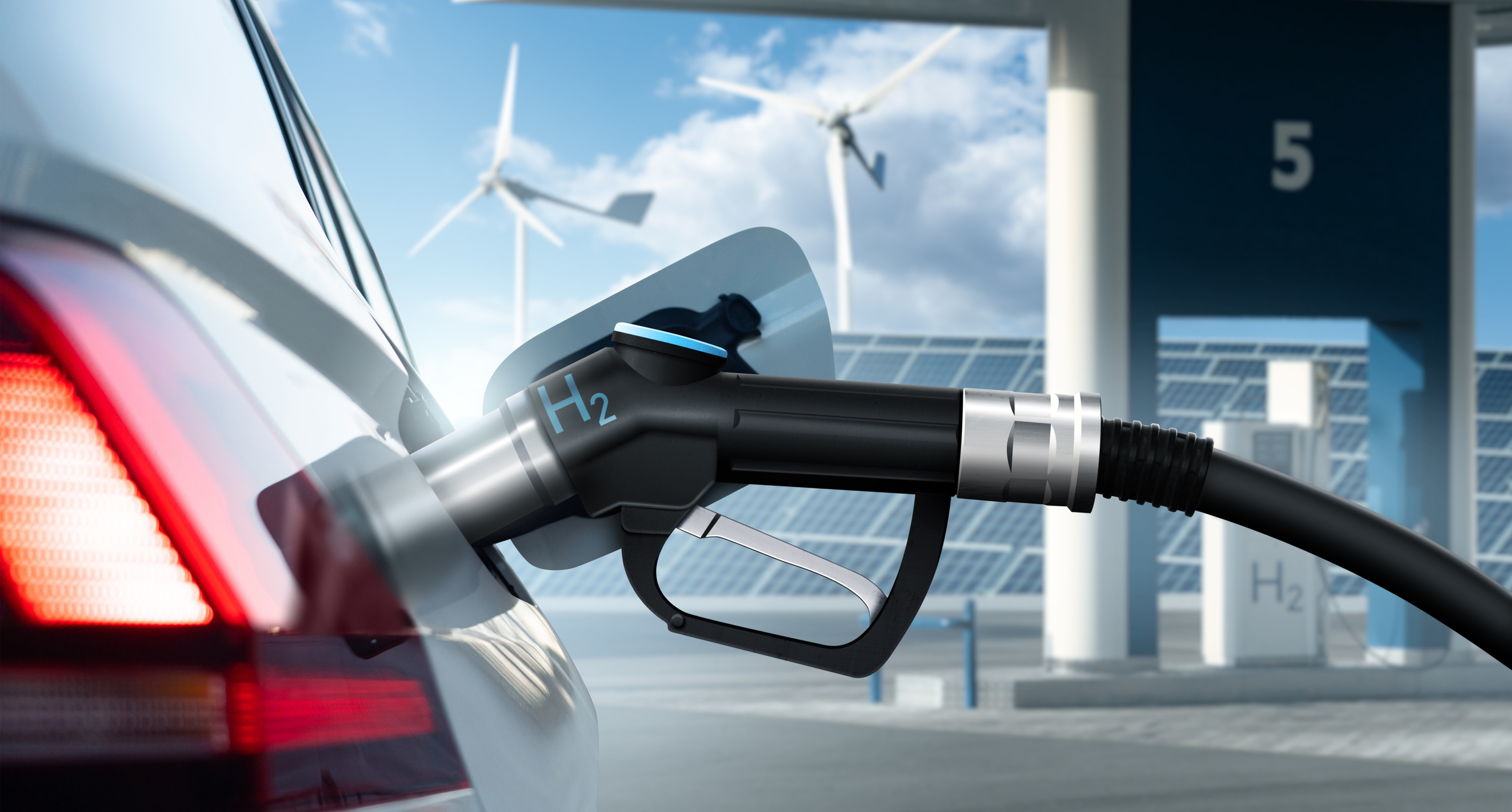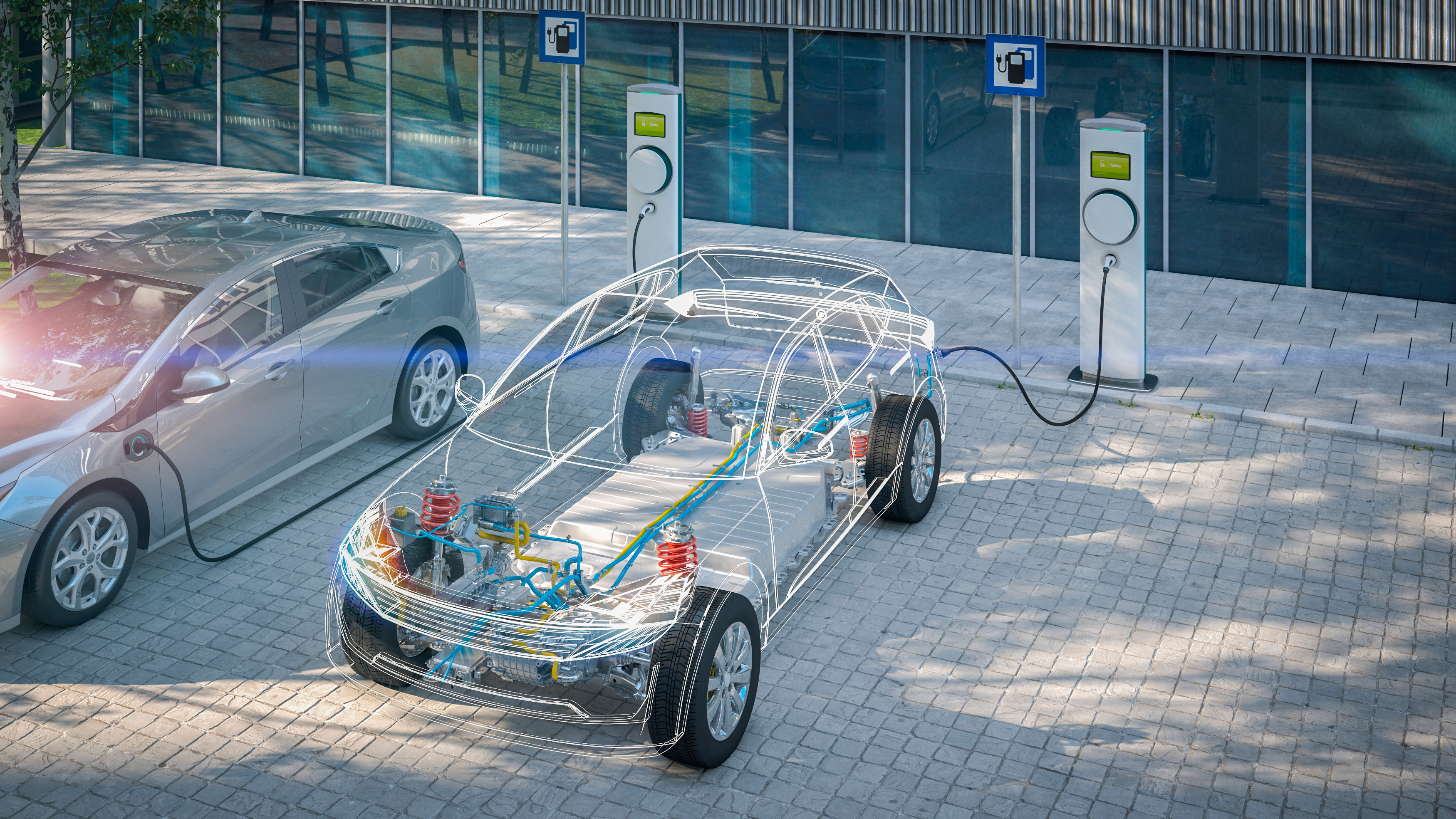What is the IRA law?
The 2022 Inflation Reduction Act (IRA) is the third piece of legislation passed in the United States since late 2021 aimed at improving the country's economic competitiveness, innovation, and industrial productivity, along with the Bipartisan Infrastructure Law (BIL) and the CHIPS & Science Law.
The IRA law, signed on August 16th 2022, and set to take effect on March 1st 2023, directs new federal spending towards reducing carbon emissions, decreasing healthcare costs, funding the Internal Revenue Service, and improving tax compliance. The law aims to increase investments in national manufacturing capacity and encourage the acquisition of critical supplies within the country (or from free trade partners), as well as the commercialization of cutting-edge technologies such as carbon capture and storage and clean hydrogen.
Law characteristics
The law aims to obtain over $700 billion primarily through an increase in corporate taxes and the reform of prescription drug prices. The majority of the investment (85%) will be allocated to energy security and the fight against climate change. The rest of the funds will be used to extend spending on healthcare under the Affordable Care Act, colloquially known as 'Obamacare', and to reduce the US federal deficit.
Regarding energy security and climate change, which is the main budget item, the law will enable the US to return to the agreements reached in the Paris agreement, reducing energy costs and establishing a reduction in greenhouse gas emissions by around 50%. Therefore, although the name of the law is to reduce inflation, it is fundamentally a climate law to boost the US economy, by stimulating the manufacturing of products in the US.
In summary, the IRA law is notable for:
- Technological neutrality
- Simplicity
- Legal security
- Precision
- Provides incentives for private investment
- Incentives for consumers
Estimated energy transition spending in IRA
The law requires investments of $433 billion over 10 years, from 2022 to 2031, of which $369 billion is for investments in energy security and climate change.
The clean energy portion of the package affects almost every sector within the energy transition and requires around $270 billion in investment in the form of tax credits. Of these, approximately half will be for wind, solar, and storage energy.
Main measures: Emissions reduction
The law focuses on investments to reduce emissions in all sectors of the economy, including electricity production, transportation, industrial manufacturing, buildings, and agriculture.
- Tax credits for "clean" electricity generation and energy storage. Approximately $30 billion will be allocated to specific grants and loans for states and electric companies to accelerate the transition to clean electricity.
- Tax credits and grants for clean fuels and sustainable commercial vehicles to reduce emissions in the transportation sector.
- Grants and tax credits to reduce emissions from industrial manufacturing processes, including almost $6 billion for a new program for advanced industrial facilities.
- Program to reduce emissions from the largest industrial emitters, such as chemical, steel, and cement plants.
- More than $9 billion for federal acquisition of clean technologies made in the US to create a stable market for clean products, including $3 billion for the US Postal Service to acquire zero-emission vehicles.
- A $27 billion clean energy technology acceleration program to support the deployment of emission-reducing technologies, especially in underserved communities.
- A program to reduce methane emissions in natural gas production and distribution.
Main measures: Fossil fuels
Some of the provisions regarding fossil fuels are punitive, as they attempt to make fossil fuel companies change certain practices. Some of the provisions regarding fossil fuels include:
- Incentives for the installation of efficiency improvements and carbon capture solutions.
- Concessions to expedite new energy projects (e.g. gas pipeline in West Virginia).
- New fees for natural gas extraction and methane emissions, and superfund taxes on crude oil and its derivative products.
- Incentives for energy companies that reduce methane emissions.
- New funds for air pollution control, including methane.
Main measures: Consumer incentives
The law offers direct incentives to consumers to purchase efficient appliances, clean vehicles, and solar panels, as well as investments to incentivize energy efficiency in homes. These investments include:
- $9 billion for consumer rebate programs to make energy efficiency improvements in homes (appliances, usage, etc.).
- 10-year tax credits for consumers to make homes energy-efficient and run on clean energy, incentivizing heat pumps, solar panels, and electric heating, ventilation, and hot water systems.
- A $4,000 tax credit for consumers with low-to-medium incomes to purchase used clean vehicles.
- Up to $7,500 in tax credits for the purchase of new clean vehicles.
- A $1 billion grant program to make affordable housing more energy-efficient.
Main measures: Green energy
The law includes over $60 billion to maintain green energy manufacturing in the US throughout the entire renewable energy and transportation technology supply chain. Provisions include:
- $30 billion in tax credits to accelerate the manufacturing of solar panels, wind turbines, batteries, and critical mineral processing.
- $10 billion in tax credits to invest in the construction of clean technology facilities, such as electric vehicles, wind turbines, and solar panels.
- $500 million for the Defense Production Act for the manufacturing of heat pumps and critical mineral processing.
- $2 billion in grants to retrofit existing automobile factories for the construction of clean vehicles.
- Up to $20 billion in loans to build new clean vehicle manufacturing facilities nationwide.
- $2 billion for national laboratories to accelerate cutting-edge energy research.
With nearly $400 billion in government spending and tax credits planned for 10 years, the Inflation Reduction Act is one of the most important measures ever taken in the United States to combat climate change




